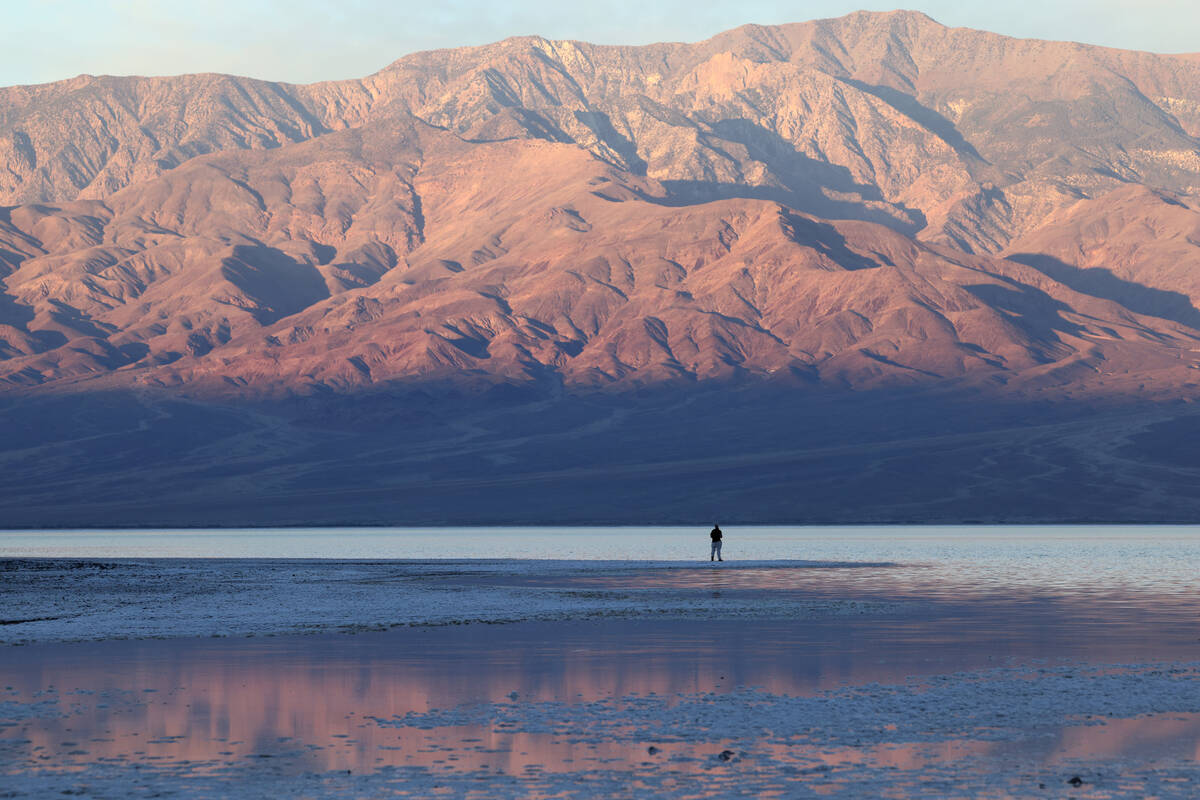
DEATH VALLEY, Calif. – The National Park Service reopened Mud Canyon Road and Daylight Pass on Wednesday, Nov. 1. Daylight Pass connects Death Valley National Park to Nevada Highway 374 and Beatty. Only emergency repairs have been completed, so drivers need to use caution, according to park officials.
Death Valley National Park endured severe flash floods on Aug. 20. The remnants of Tropical Storm Hilary brought 2.2 inches of rain in a single day — the park’s rainiest day on record, and more than the park receives in an average year.
Some mountainous areas in the park likely received more than 6 inches of rain that day. The mountains’ steep rocky slopes absorbed little of this rain. Most of it channeled into canyons as flash floods. Floods damaged the park’s utilities, some buildings, and 1,400 miles of roads.
The emergency repairs of Mud Canyon Road and Daylight pass were funded by the Federal Highway Administration’s (FHWA) Emergency Relief for Federally Owned Roads program (ERFO). A contractor cleared rocks and gravel off the road, filled in shoulder drop-offs, removed damaged pavement, and filled in collapsed road segments with gravel. A second contract will start in a few months to do permanent road repairs, including repaving and selective armoring to protect roads from future floods.
The park’s hotels, largest campgrounds, primary viewpoints and hikes are open. Drivers should expect gravel patches on paved roads and to encounter traffic delays due to continuing construction parkwide. Most of the park’s secondary roads and backcountry remain closed due to flood damage. Information is on the park’s website: nps.gov/deva.
“It’s an exciting time to visit the park,” said Superintendent Mike Reynolds. “How many people can say they’ve seen a lake in Death Valley? It’s really beautiful.”